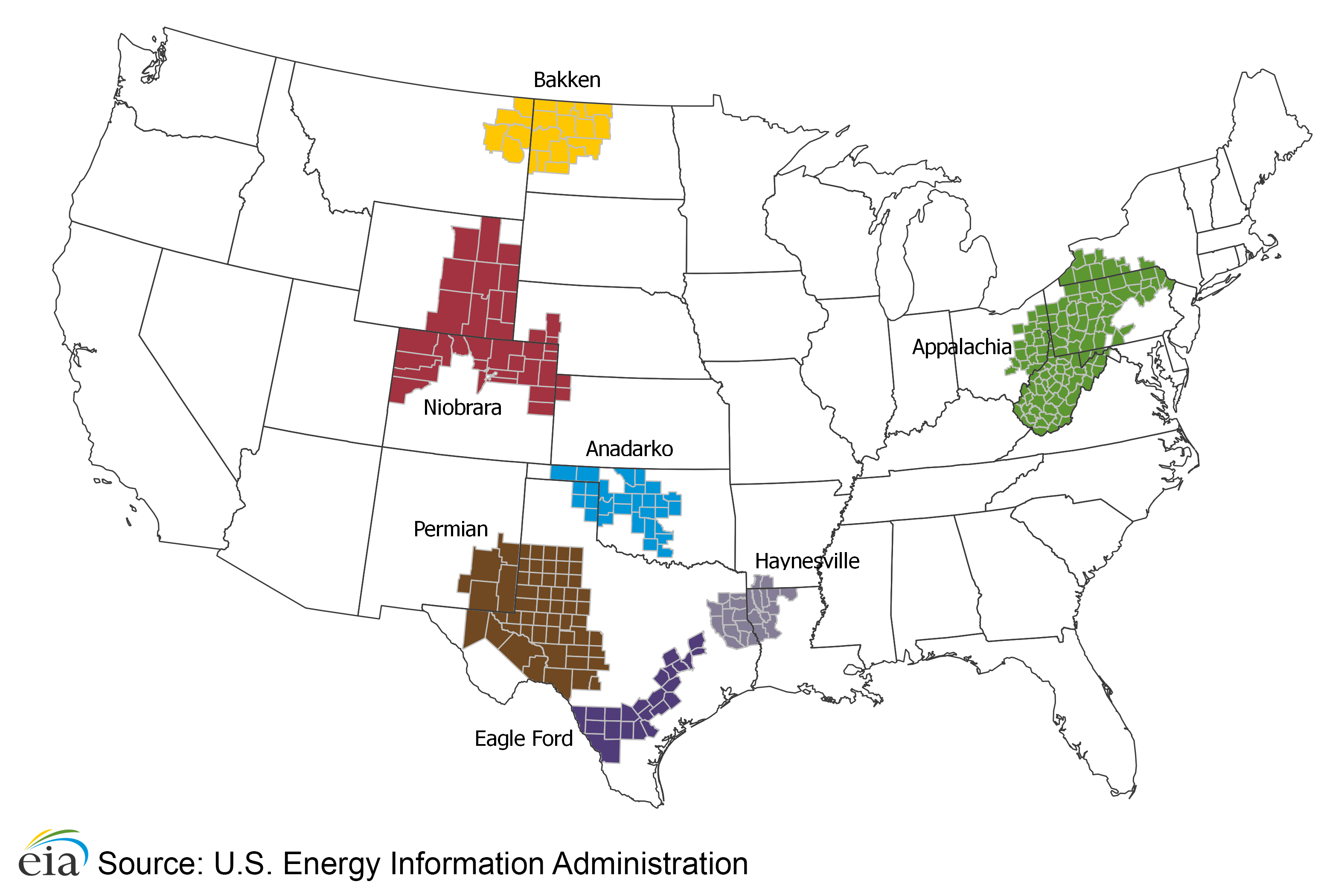After trading as high as $53.99 the futures are now at $52.82.
This bottoming process is going to be more drawn out than some are hoping.
Did I ever tell you about the time the DJIA closed at 2999, two days in a row?
From the Energy Information Administration, one of the more important reports of the year:
| New-well oil production per rig barrels/day |
New-well gas production per rig thousand cubic feet/day |
||||||
|---|---|---|---|---|---|---|---|
| Region | February 2015 | March 2015 | change | February 2015 | March 2015 | change | |
| Bakken | 563 | 575 | 12 | 573 | 582 | 9 | |
| Eagle Ford* | 651 | 660 | 9 | 1,697 | 1,711 | 14 | |
| Haynesville | 24 | 24 | - | 5,744 | 5,844 | 100 | |
| Marcellus | 35 | 36 | 1 | 8,044 | 8,085 | 41 | |
| Niobrara | 425 | 432 | 7 | 1,858 | 1,881 | 23 | |
| Permian | 198 | 202 | 4 | 396 | 402 | 6 | |
| Utica | 217 | 225 | 8 | 4,480 | 4,603 | 123 | |
| Rig-weighted average | 348 | 352 | 4 | 1,766 | 1,844 | 78 | |
Note: *The Eagle Ford rig count has been revised downwards due to an error, which double counted rigs operating in La Salle county. This error, related to spelling variations of La Salle, had no impact on the estimated Eagle Ford production, but was suppressing the rig productivity for both oil and gas. We would like to thank James Williams of WTRG Economics, for identifying the error, which now corrected will improve the accuracy of the estimates on rig productivity.
The Drilling Productivity Report uses recent data on the total number of drilling rigs in operation along with estimates of drilling productivity and estimated changes in production from existing oil and natural gas wells to provide estimated changes in oil and natural gas production for seven key regions. EIA's approach does not distinguish between oil-directed rigs and gas-directed rigs because once a well is completed it may produce both oil and gas; more than half of the wells produce both.
While shale resources and production are found in many U.S. regions, at this time EIA is focusing on the seven most prolific areas, which are located in the Lower 48 states. These seven regions accounted for 95% of domestic oil production growth and all domestic natural gas production growth during 2011-13.
...MUCH MORE
